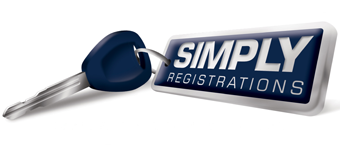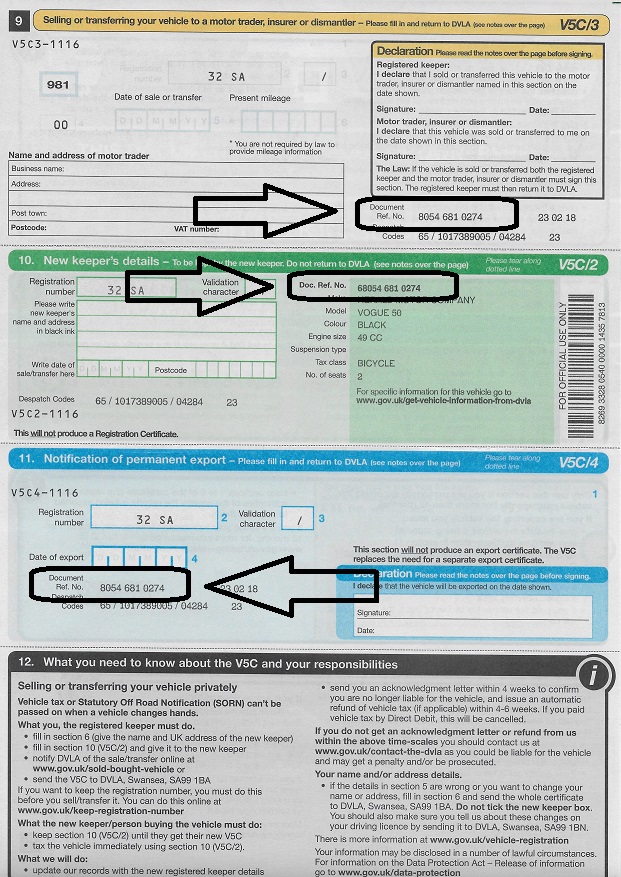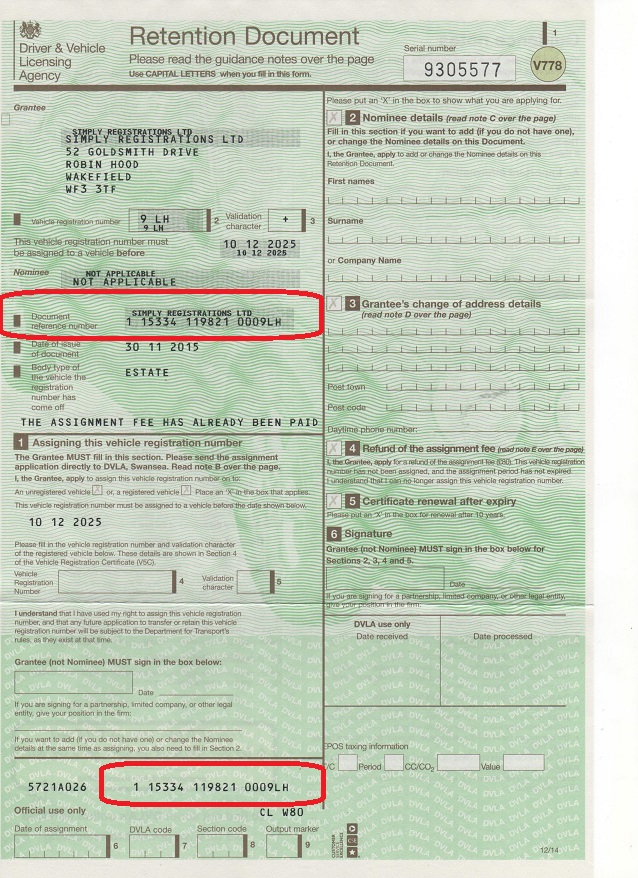The following article is reproduced with kind permission of the author: John Harrison
Under the provisions of the Motor Car Act 1903 any motor vehicle used on public roads after 1 January 1904 had to be registered. Compared with other countries, Britain was comparatively late in introducing vehicle registration because it was thought the requirement to display a registration infringed civil liberties. Although Britain was “late to the party” in introducing registrations, it now has the oldest national system in the world under which a number issued at the system’s outset could still be legally used on the same vehicle.
It is often stated that A 1 was the first British registration to be issued. This is not the case. As far as we can tell from surviving records, it would seem that the first number issued was DY 1 issued on 23 November 1903 by Hastings, whereas A 1 was not issued until 7 December 1903. Also, it is sometimes stated that Earl Russell who had A 1 queued all night to obtain the number, but there does not seem to be any contemporary record of this, so the story might well be an urban myth.
The Local Government Board who were responsible for bringing the registration legislation into effect allotted one- or two-letter codes to local authorities in England and Wales in 1903. They did it in alphabetical order by population size with A going to London, the largest authority running through to FP which went to Rutland, the smallest authority by population size. Wales was not given any special recognition in this allocation. There were, however, separate Local Government Boards for Scotland and Ireland and they issued their codes using the authorities’ names in alphabetical order, not using population size.
When codes were originally allotted to local authorities, two objected to the codes they had been given, Dorset which had BF (which stood for “bloody fool” at the time) and Northampton which had DF (which stood for “damned fool”). Their protests were accepted and replacement codes FX and NH respectively were allotted instead.
In 1921 local authorities in the part of Ireland that was to become the Republic were refusing to cooperate with the British authorities and this included not registering new vehicles and collecting tax on them. The Road Vehicles (Defaulting Councils) (Ireland) Order 1921 was passed which therefore passed these functions to the police, the Royal Irish Constabulary. When southern Ireland became Independent the following year the Irish registration system remained based on the British one until 1987 when a new system was adopted. When the Republic introduced reflective plates in 1969, however, red rear plates were used in contrast to the British yellow ones.
Nowadays it is not unusual for a celebrity to have a personal plate. The first celebrity to have one is thought to have been the famous music hall comedian, Harry Tate who had car number, T 8. He later also obtained HT 20 when Bristol started issuing HT combinations in 1920. It might be thought that the paparazzi is a comparatively modern phenomenon. In 1935, however, Harry Tate’s car was followed by two journalists who recognised the T 8 number plate. They realised he was driving erratically and signaled a police patrol car. Mr Tate was charged with drunk driving and dangerous driving. He was acquitted on the first charge, but fined £12-12s for driving dangerously.
The format of the British registration system has had to evolve as vehicle ownership has increased. The original format was one or two letters followed by up to four numerals, e.g. AB 1234; then in 1932 issuing three letters followed by up to three numerals commenced, e.g. ABC 123. In 1953 some authorities started putting the numbers ahead of the letters, e.g. 1234 AB or 123 ABC. In 1963 year-suffix marks were first introduced, e.g ABC 123A and in 1983 year-prefix marks, e.g. A123 BCD. In 2001 the current format, e.g. AB51 CDE, was introduced.
Between 1955 and 1962 it was possible to apply to a local authority to have an old voided number reissued on payment of £5 (about £80 in today’s money). A lot of numbers comprising one or two letters followed by one or two numerals still seen on our roads are £5 reissues dating from this period and are now, of course, worth a considerably larger amount. The then Minister of Transport, Ernest Marples, put a stop to this practice as sometimes the search in the records for a voided number to meet a request was costing more than £5.
When year letters were introduced it resulted in number plates having a maximum of seven characters instead of six which required smaller characters. Number plate manufacturers did not want to have to change to a different character in one go, so the introduction of year letters was phased in. the first authority to issue them was Middlesex which started using them on 18 February 1963 as it was running out of available combinations in the previous format. Other authorities switched to issuing year letters in a phased programme over the next two years, with the final authorities switching on 1 January 1965. One consequence of the smaller sized number plate characters was the requirement to read a number plate at 75 feet to obtain a driving licence was reduced to 67 feet (now expressed as 20.5 metres in legislation).
Only one person is allowed not to have to have number plates on their car, the monarch. Until 1936 all the monarch’s cars were plateless, but now this exemption is just applied to the monarch’s official cars.

In 1922 in Dundee a “Keystone Cops” situation occurred when five of the King’s cars were brought to that city by boat to be driven on to Balmoral for a hunting party and the Dundee Police who did not know that King’s cars did not require number plates pursued them.
You may think that DVLA only issues registrations with the current “age identifier” (17 at the moment). That is not the case. A lot of vehicles have to be given “new old” numbers, e.g. when personal plates are transferred off them or they are imported second-hand, so there have to be previously unissued numbers available for vehicles of any age, e.g. if somebody imports a 1965 car it has to receive a C-suffix mark. There is even a series available for veteran vehicles, i.e. ones made up to 1904. This is BS 8***. This series does, however, progress quite slowly with about 20 marks being issued each year.
John Harrison is the editor of a quarterly newsletter which covers all aspects of vehicle registrations, “1903 and All That”. Subscription details for the newsletter can be obtained by contacting John on john(at)theharrisonfamily.org.uk.









